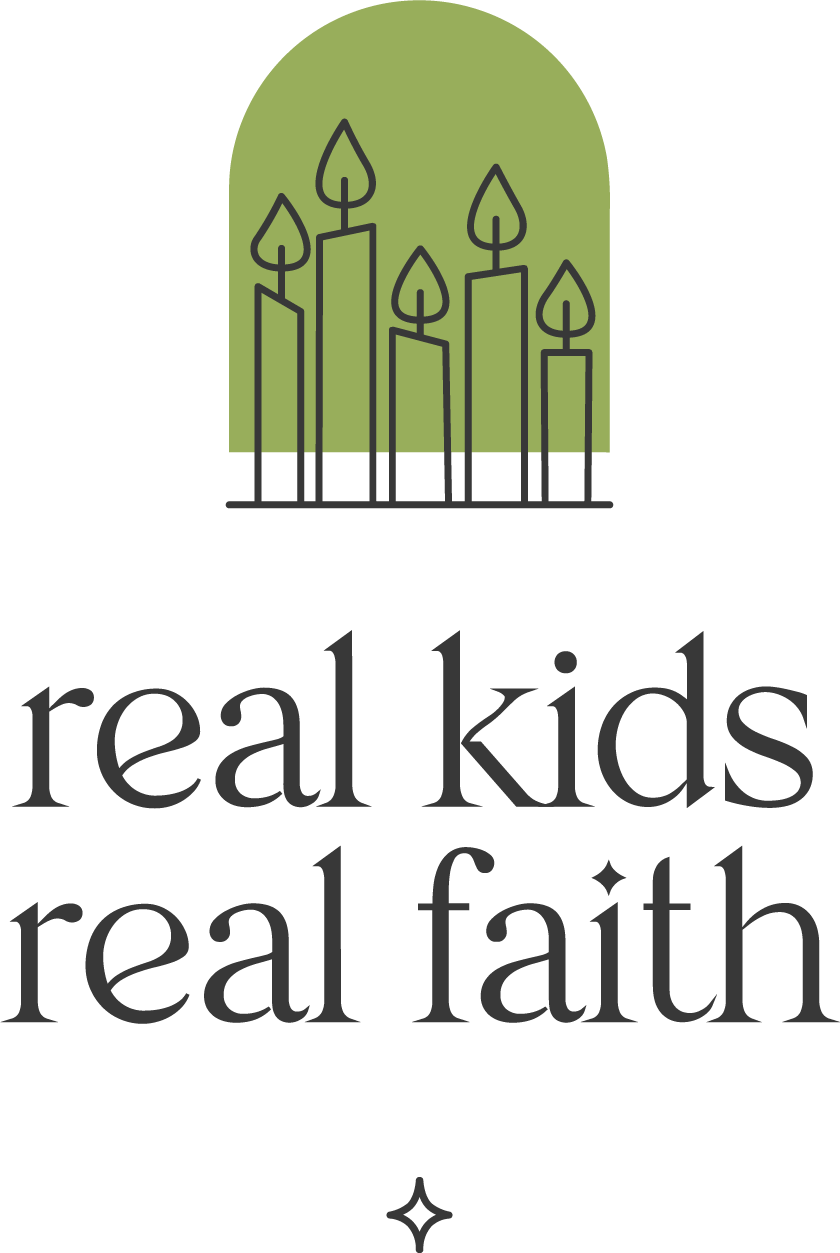Just a few weeks after cherry blossoms peak in the U.S. capital, Americans begin a month-long celebration of Asian American, Native Hawaiian, and Pacific Islander peoples, cultures, and traditions. Taken together, these groups represent over 50 ethnic communities that call the U.S. home. Some came to the U.S. in the 19th century to work on the transcontinental railroad. Others are indigenous to the area and faced discrimination when European explorers decided to settle here.
Help children explore and celebrate the diversity of AANHPI groups and their contributions to American society with one or more of these activities:
Map community landmarks. Asian Americans, Native Hawaiians, and Pacific Islanders run shops, restaurants, and other businesses. They tend gardens, teach meditative practices, and curate museum collections. Invite children to think of all the places they encounter AANHPI cultures in their community. Encourage them to draw or take pictures of these places and affix them to a local map as a visual reminder of AANHPI’s contributions to everyday life. Continue to add more images as children discover new AANHPI-related businesses and cultural sites.
Learn about discrimination. AANHPI’s have been the target of racial bias throughout U.S. history. Japanese Americans were interned during World War II and, more recently, Asian Americans have been unfairly blamed for the COVID-19 pandemic. Read They Called Us Enemy, a graphic novel about the internment camps, pausing periodically to ask children what they think and feel about the events author George Takei describes. Or find articles about pandemic-related hate crimes online and invite children to imagine what they would say or do if they experienced or witnessed such events.
Explore specific cultures. It can be easy to lump all AANHPIs into the category ‘Asian’ and forget that each cultural group has specific characteristics and traditions. Encourage children to identify and research a particular group, such as Vietnamese Americans, Native Hawaiians, or Filipino Americans. Watch the movie Turning Red together, which highlights the life and culture of Chinese-Canadians, and then invite children to make their own video about the group they have researched.
Try out a meditative practice. Chinese tai chi, native Hawaiian hula, Indian yoga, Japanese Zen gardening – these practices are all gifts of AANHPI spirituality. Invite a local practitioner to teach children some basics, enroll in a class together, or follow along with an online video. Older children might also trace the origins of the practice to learn more about its history and meaning.
Read and write poetry. Poems reveal much about the experiences of a poet and their community. Visit Poetry Out Loud’s AANHPI Heritage Page and encourage children to pick a poem that speaks to them and share why they like it. Then invite them to use the poem as a model and write something about their own life. Or introduce the Japanese haiku poetry form (3 lines, 5-7-5 syllables) and challenge children to write a haiku about their day or a recent experience.
Related Resources
- Asian Pacific American Heritage Month
- 10 Ways to Celebrate AAPI Heritage Month with Kids & Teens
- They Called Us Enemy by George Takei | PenguinRandomHouse.com: Books
- Spiritual Reflection with Turning Red | RKRF
- Celebrating Asian American and Pacific Islander Heritage and Culture | Poetry Out Loud
- 12 Children's Books of Haiku Poems for Kids - Imagination Soup.
- Asian Pacific American Heritage Month - For Teachers
- Asian Pacific American Heritage Month - Images
- Asian Pacific American Heritage Month | National Archives

Comments